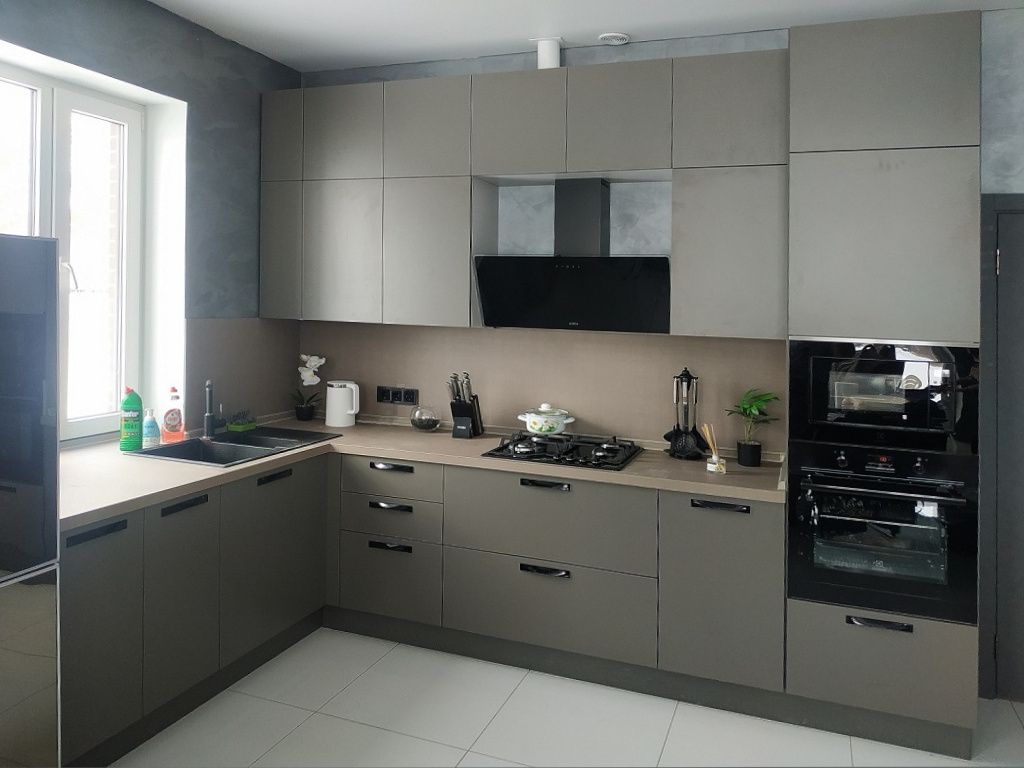
Culinary Spaces Reimagined: Perfecting the Heart of the Home
Introduction to Modern Culinary Spaces
In the contemporary home, the kitchen is not just a place for preparing meals; it has become a multifunctional hub for dining, socializing, and even working. As such, the reimagining of culinary spaces has become imperative to adapt to the evolving needs of families and individuals. This article explores how culinary spaces can be transformed to create a perfect blend of functionality, style, and sociability.
The Rise of the Open-Plan Kitchen
The traditional concept of the kitchen as a secluded, purely utilitarian space is being replaced by the trend of open-plan layouts. These designs foster a seamless flow between the kitchen and living areas, enhancing the sense of space and facilitating conversation between those cooking and those relaxing. By breaking down walls, natural light permeates the area, creating a warm and welcoming ambiance that encourages gathering and communal meal preparation.
Incorporating Smart Technology
Technology has found its way into the modern kitchen, offering convenience and efficiency that was once unimaginable. From smart refrigerators that remind you to buy milk to ovens that can be controlled remotely, integrating smart devices can dramatically reimagine how culinary spaces function. Moreover, voice-activated appliances and touchless faucets contribute to a more hygienic environment, which is especially vital in a space dedicated to food preparation.
Eco-Friendly and Sustainable Designs
As environmental concerns take center stage, kitchens are designed with sustainability in mind. This includes the use of energy-efficient appliances that reduce power consumption, as well as sustainably sourced materials for cabinetry and countertops. Recycling and composting features are now commonly integrated into the kitchen design, making it easier for households to reduce their carbon footprint.
Personalization and Aesthetics
Personalizing a culinary space is essential for it to feel truly yours. Homeowners are now looking beyond the standard designs in favor of custom options that reflect their individual styles and needs. This could mean anything from bespoke cabinetry and designer lighting fixtures to bold backsplashes and unique floor patterns. The choice of materials and colors contributes to the overall aesthetic and can be aligned with the rest of the home for design continuity.
Maximizing Storage and Efficiency
A well-reimagined culinary space accounts for adequate storage without compromising on the kitchen's layout. Innovative solutions like pull-out pantries, hidden cabinets, and multi-tiered drawers ensure that everything has its place, making the kitchen not only beautiful but also highly functional. Proper zoning for meal preparation, cooking, and cleaning also enhances work efficiency and minimizes clutter.
The Social Kitchen: Islands and Dining Areas
The kitchen island has become a staple in modern kitchen design, providing an informal dining area, additional storage, and extra prep space. Islands often include features such as built-in sinks or stovetops, allowing the cook to engage with guests or family members during meal preparation. Aligning an island with open-plan dining areas further encourages social interaction and makes hosting gatherings effortless.
Conclusion: Culinary Spaces That Cater to Lifestyle
Reimagining culinary spaces is about tailoring the kitchen to fit the unique lifestyle and preferences of the user. It goes beyond aesthetic appeal and delves into making the space practical, inviting, and future-proof. Whether through open-plan designs that encourage togetherness, the integration of smart technology for ease of use, or sustainable practices that promote environmental responsibility, the perfect culinary space is one that adapts to the evolving dynamics of modern living.